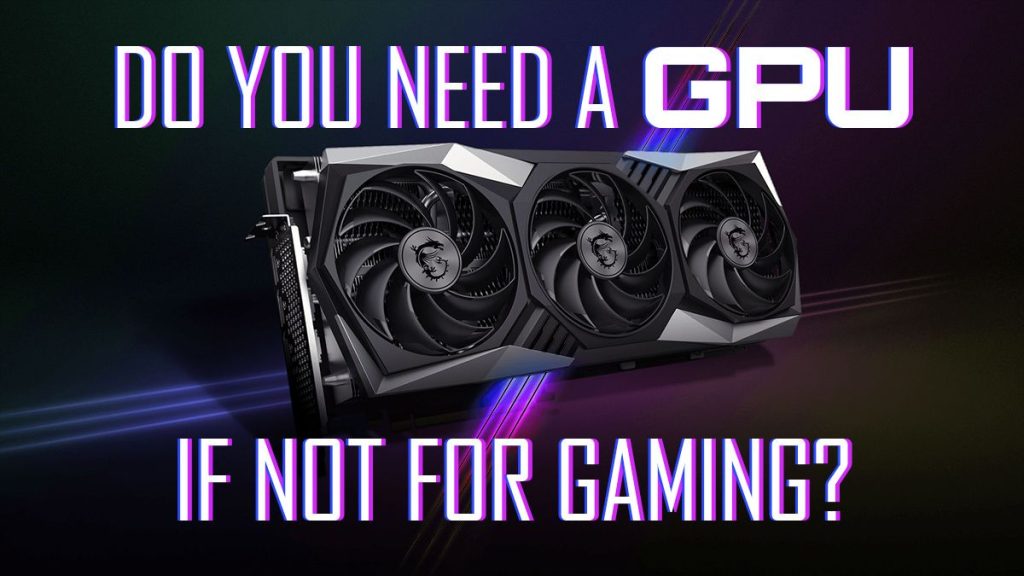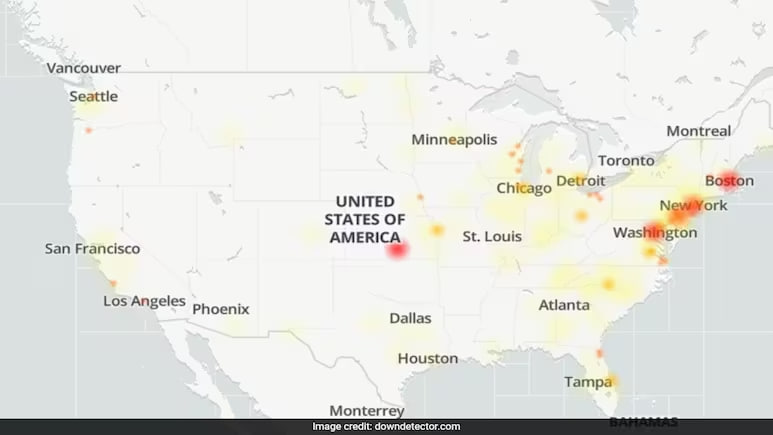In the world of computers, a graphics card —also known as a GPU (Graphics Processing Unit) —is one of the most important components for anyone interested in gaming, video editing, 3D rendering, or even casual computing with multiple monitors. Whether you’re a gamer, creative professional, or just someone looking to upgrade their system, you’ve likely heard about how essential a good GPU is. But why do you really need one? Let’s break it down.
1. Graphics Performance: More Than Just Gaming
When we talk about graphics cards, the first thing that comes to mind for many people is gaming—and for good reason. GPUs are crucial in rendering high-quality graphics in games, enabling smoother gameplay at higher frame rates. However, in 2024, the use of GPUs extends far beyond gaming.
– Video Editing & Content Creation: If you’re into video editing or motion graphics, a powerful graphics card speeds up rendering times and allows you to work with higher resolution footage (think 4K, 8K, or even virtual reality). Tools like Adobe Premiere Pro, DaVinci Resolve, and Blender utilize GPU acceleration to improve efficiency.
– 3D Rendering & Animation**: 3D artists and animators rely heavily on GPUs to create complex scenes and characters. Software like AutoCAD, Maya, and Cinema 4D leverage GPU computing to reduce the time it takes to produce detailed 3D models.
2. Artificial Intelligence & Machine Learning
In the past few years, the demand for GPUs has exploded in fields like artificial intelligence (AI) and machine learning (ML). Companies and researchers use GPUs for tasks that require massive parallel computing power, such as training neural networks and processing large datasets.
GPUs excel at handling multiple tasks simultaneously, which is key in machine learning operations. Frameworks like TensorFlow and PyTorch have been optimized to use GPUs, making them a must-have for anyone working on AI or deep learning projects in 2024.
3. Ray Tracing & Realism in Games
Modern games have evolved dramatically, and one of the most exciting developments is **ray tracing** technology. Introduced widely with **NVIDIA’s RTX** series of graphics cards, ray tracing simulates how light behaves in the real world, making reflections, shadows, and environments in games appear more lifelike.
While ray tracing can technically be done on a CPU, it’s extremely slow. A dedicated GPU with ray tracing cores can handle these tasks in real-time, bringing immersive graphics to life in titles like *Cyberpunk 2077*, *Control*, and *Fortnite*.
4. Multi-Monitor Setups & Productivity
For those who aren’t gamers or content creators, a graphics card can still be beneficial. Modern GPUs allow for multiple monitor setups, which is a game changer for productivity. Whether you’re a stock trader, programmer, or just someone who juggles many windows at once, having multiple monitors powered by a dedicated GPU makes a world of difference. Integrated graphics often struggle with multiple high-resolution displays, but even a mid-range GPU can handle them with ease.
5. GPU vs. Integrated Graphics
Most processors (CPUs) these days come with **integrated graphics**—meaning they have some basic graphics capabilities built-in. While these integrated solutions are fine for basic tasks (like web browsing, video playback, and office work), they don’t hold up for anything demanding. Here’s why:
- Performance Gap: Integrated GPUs share system memory (RAM) with the CPU, limiting their performance. Dedicated graphics cards, on the other hand, come with their own high-speed memory (called **VRAM**) and far superior processing power, resulting in significantly better performance.
- Thermal Management: CPUs with integrated graphics generate more heat when they try to handle both processing and graphics tasks, which can affect performance over time. A dedicated GPU offloads that work and allows the system to run cooler.
6. Future-Proofing Your PC
In 2024, technology evolves rapidly, and the demands on your hardware will only increase. 8K monitors, virtual reality, and cloud gaming are just a few of the advancements that are pushing the limits of what a PC can do. By investing in a good graphics card today, you’ll ensure that your PC can handle these future technologies without constantly needing to upgrade.
The latest GPUs like NVIDIA’s RTX 40 series or AMD’s Radeon RX 7000 series are designed to not only handle today’s workloads but also to remain relevant as technology progresses. They offer support for the latest APIs (like DirectX 12 Ultimate and Vulkan), AI-driven features like DLSS (Deep Learning Super Sampling), and hardware support for next-gen game engines.
7. Gaming Isn’t Everything, but It’s a Lot
Yes, we’ve expanded beyond gaming, but for many, this is still the primary reason to invest in a GPU. With the release of **AAA games** like *Starfield*, *Elden Ring*, and *Baldur’s Gate 3*, a good graphics card can completely transform your gaming experience. Modern GPUs allow you to push resolutions up to 4K and beyond, max out graphical settings, and experience smooth frame rates, all while enabling the latest in graphical technology.
So Do You Really Need a Graphics Card?
If your PC usage involves basic tasks—like browsing the web, word processing, or watching videos—then you might be able to get by with integrated graphics. However, for anything beyond that—whether it’s gaming, content creation, AI, or future-proofing your system—a dedicated graphics card is essential in 2024.
In the end, investing in a good GPU isn’t just about performance. It’s about unlocking the full potential of your PC and ensuring that it can handle the evolving demands of modern computing, whether you’re rendering video, training a machine learning model, or simply enjoying the latest video game in all its glory.






